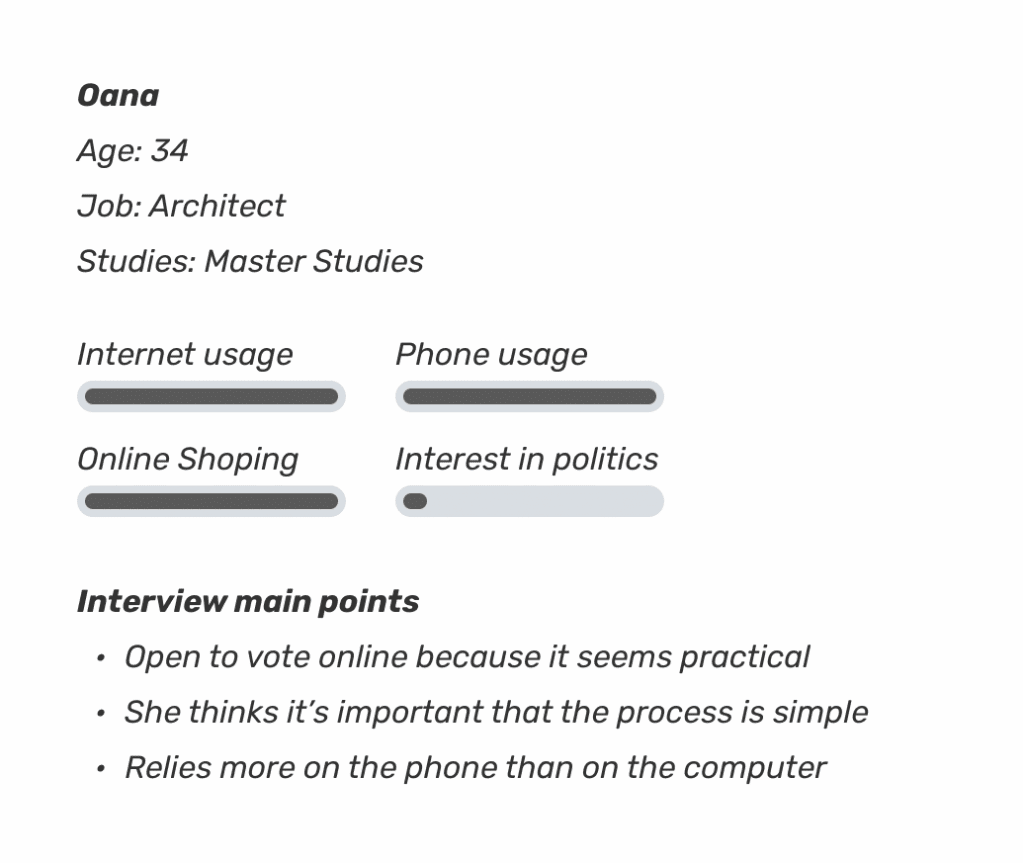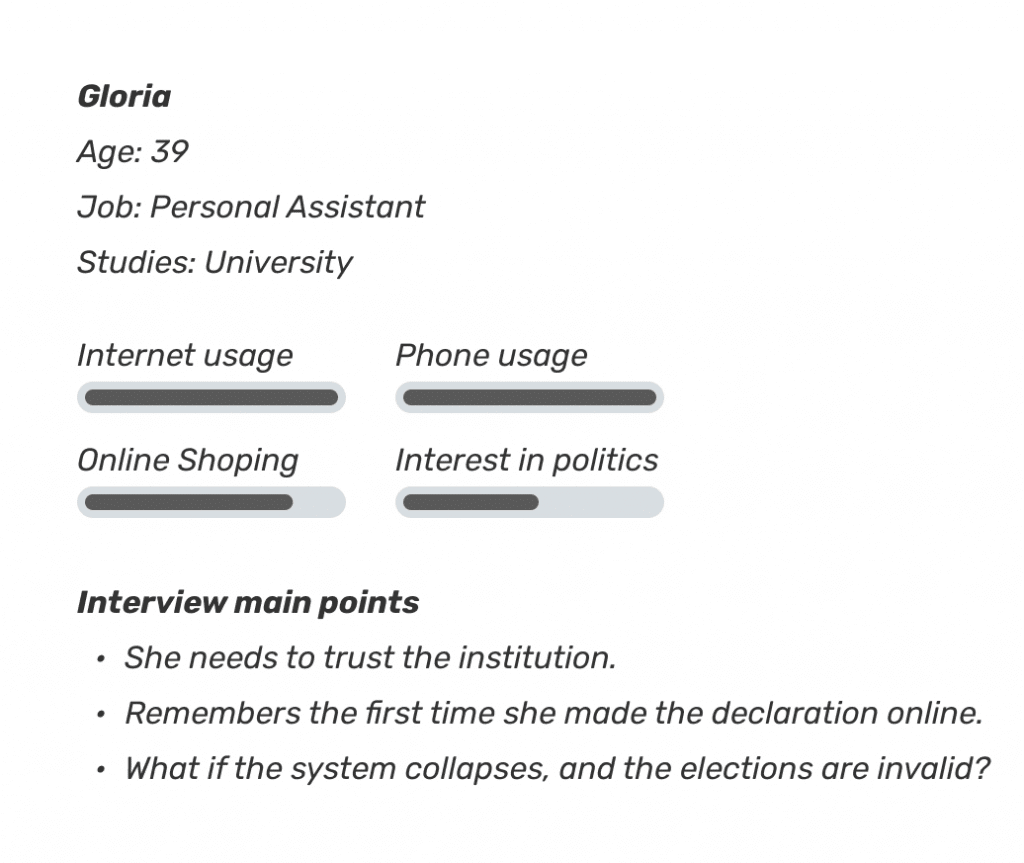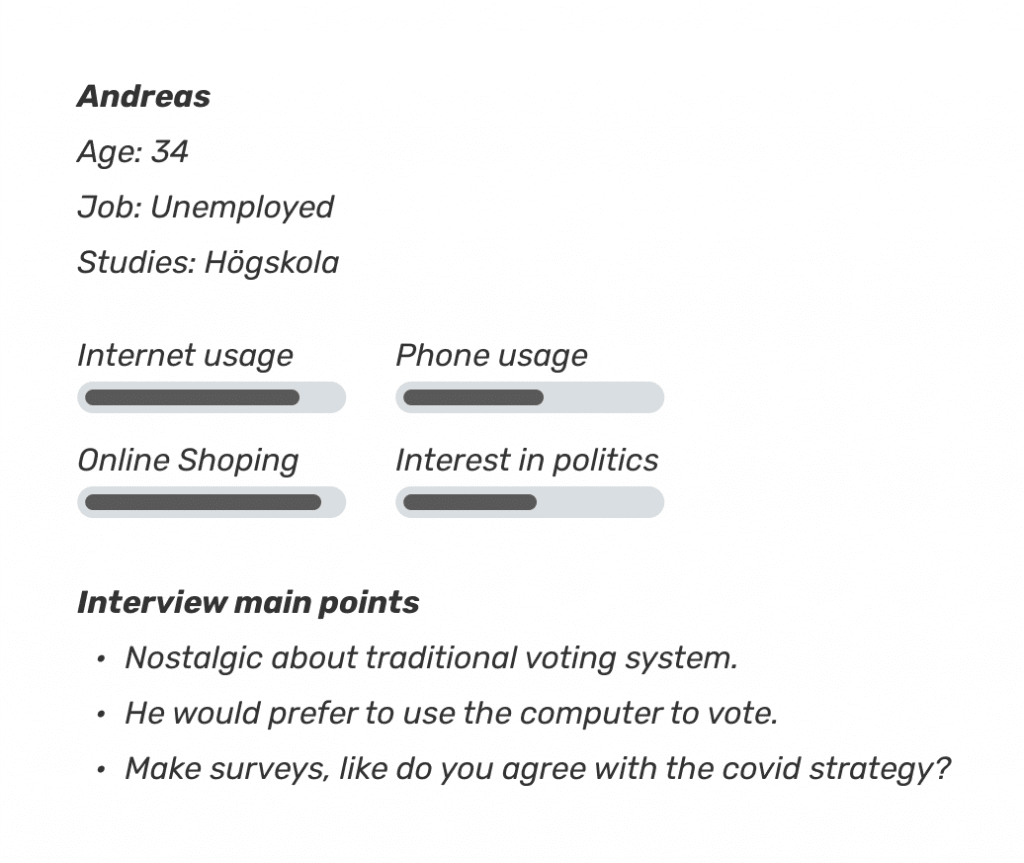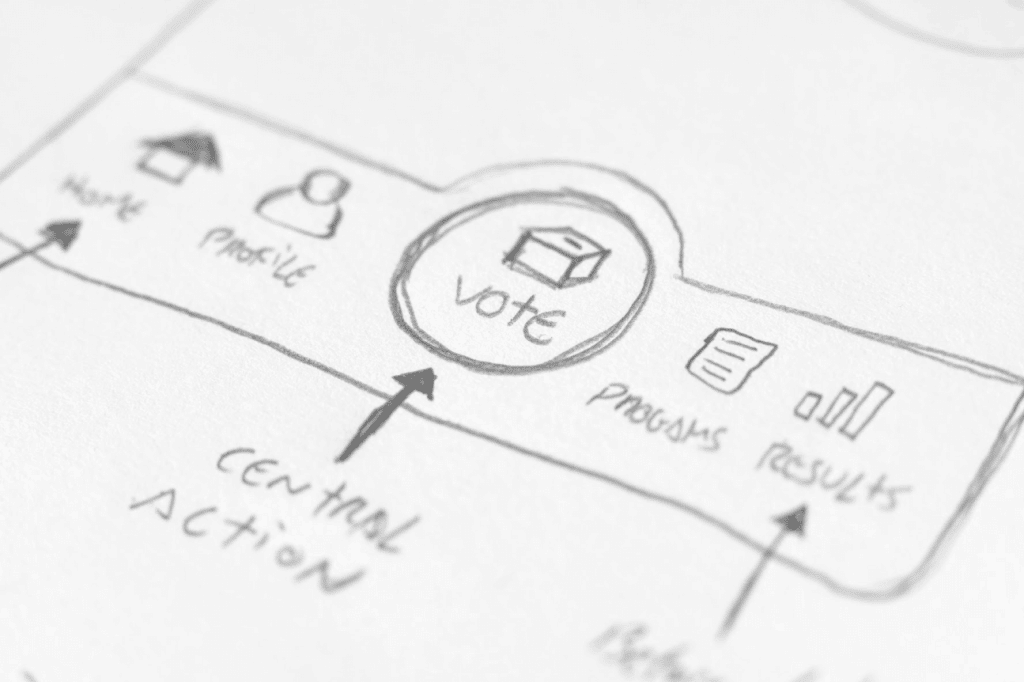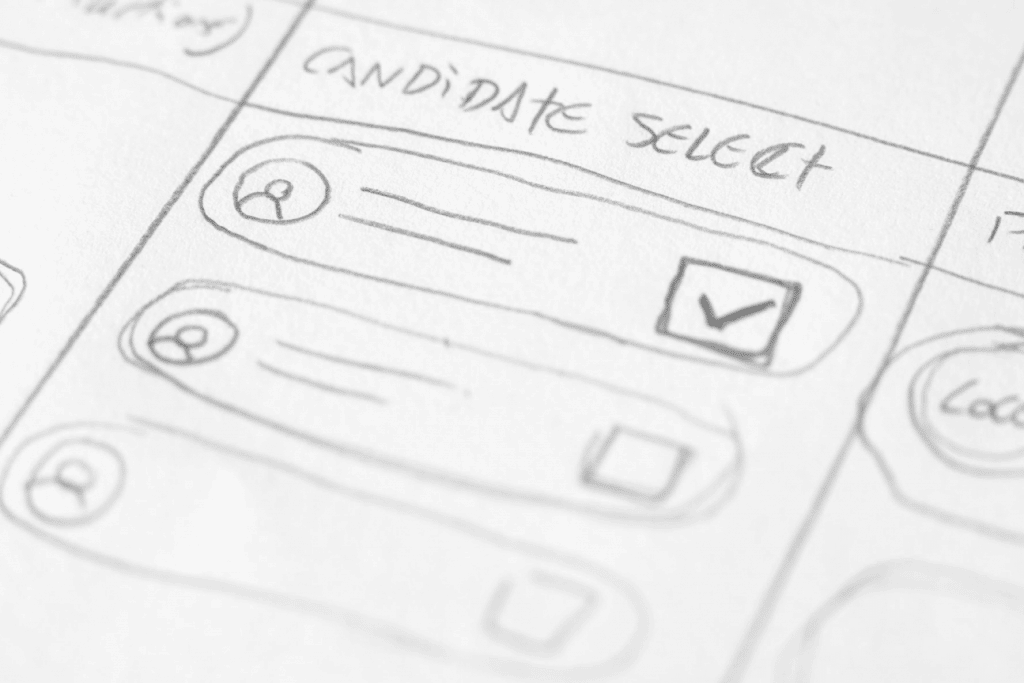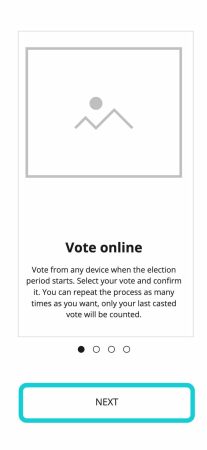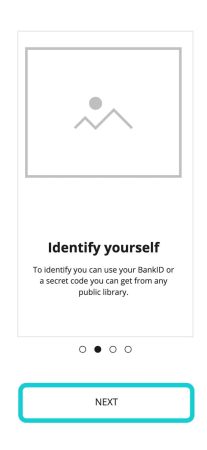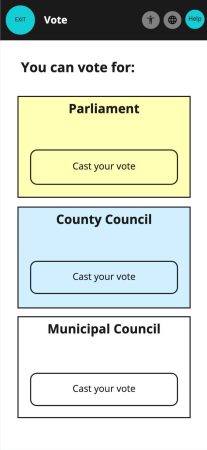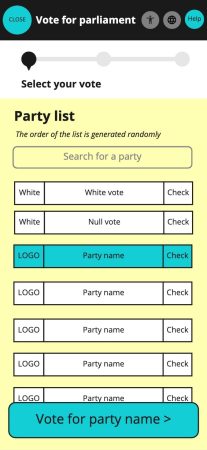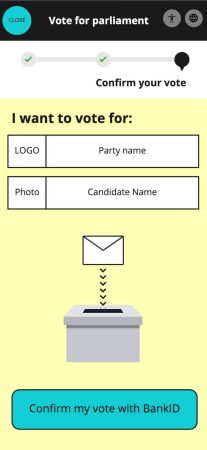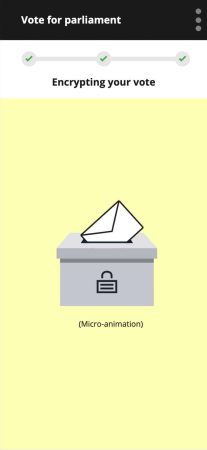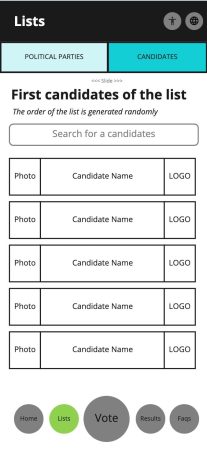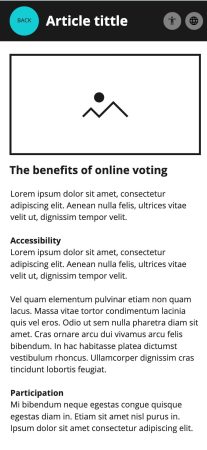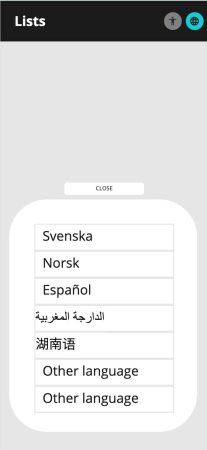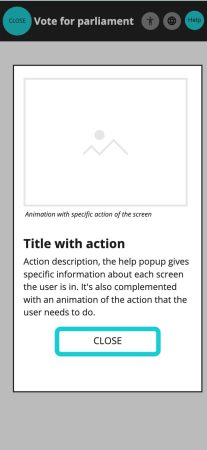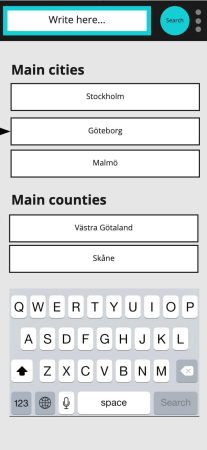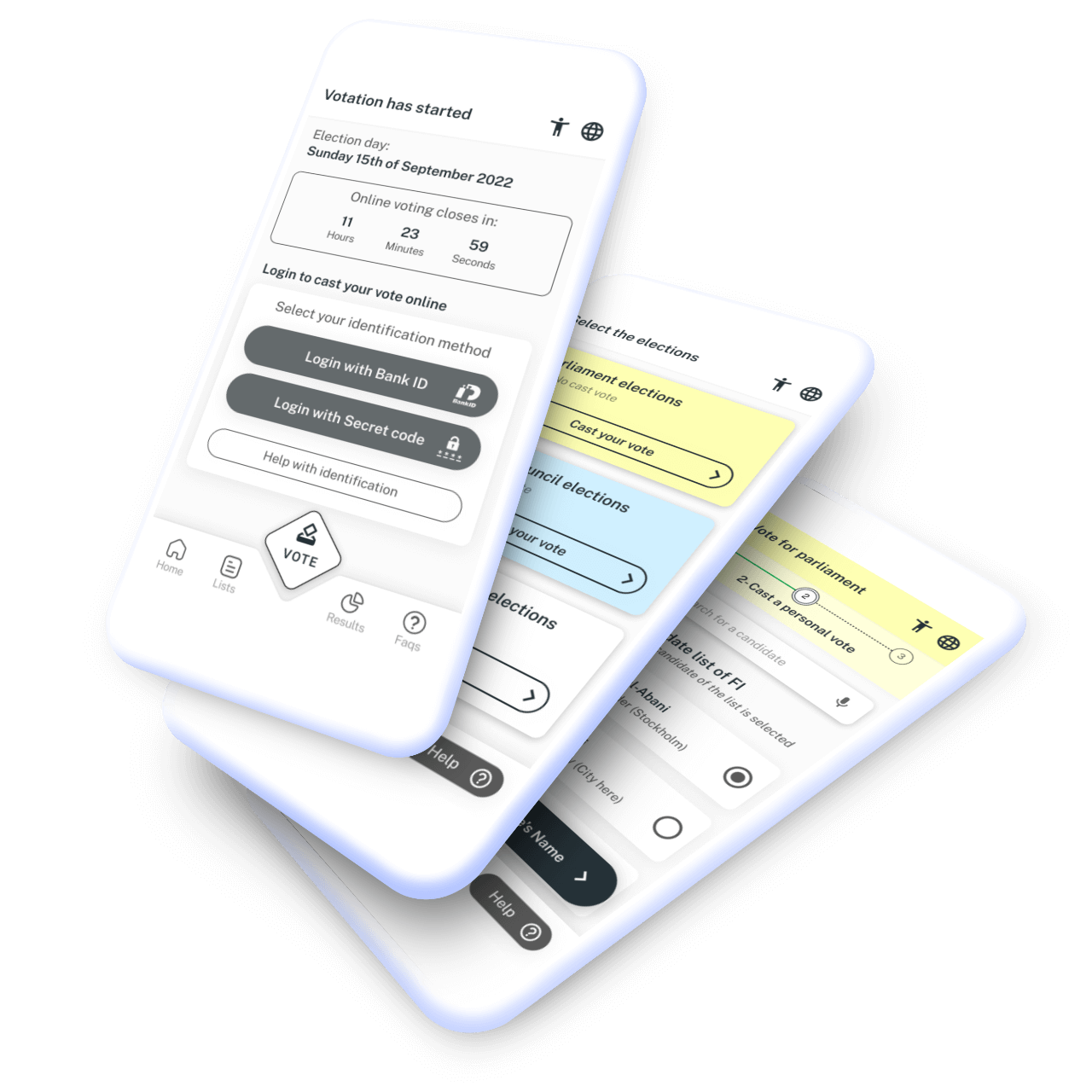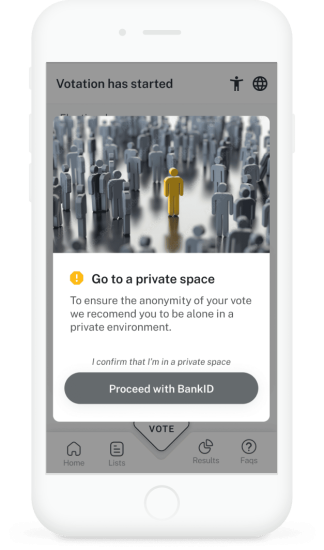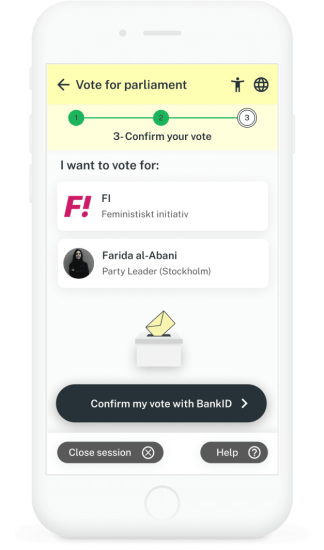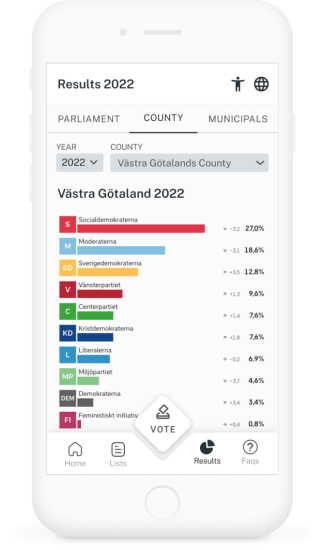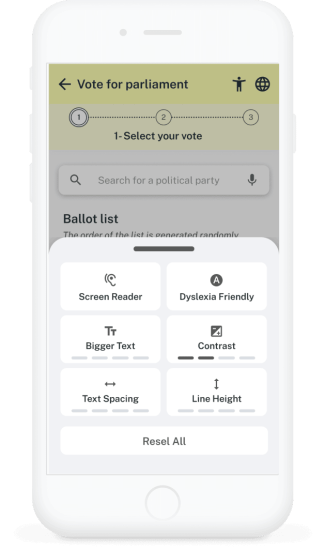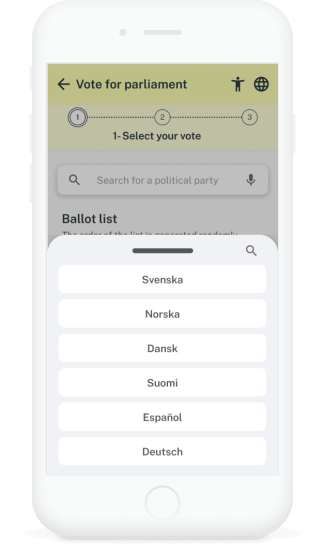Research
During the research process I discovered that the thought of electronic voting has always been there. Since the Australian ballot method was implemented in almost every democracy, the idea of voting with a machine has been tested in many countries, but there are still a lot of doubts about internet voting.
Countries like Switzerland or Estonia have used a well implemented system for some years now. An argument for internet voting is: “If I can send my tax return online and it’s secure enough why not voting online?”. It’s true that internet voting can be vulnerable, the fear of a security issue is understandable. But today we have the tools to guaranty the security, to implement it it’s a matter of political will.
In the Swedish case, it wouldn’t be difficult to implement because the population is very digitized. According to Skatteverket in 2020 6,5 of 8 million citizens sent their tax return online. Also BankID can guarantee a safe authentication method that is well extended in all age segments of the population. According to their statistiks more than 96% users between 21 and 70 years old have BankID and 66% in the 71 and 80 age segment.








